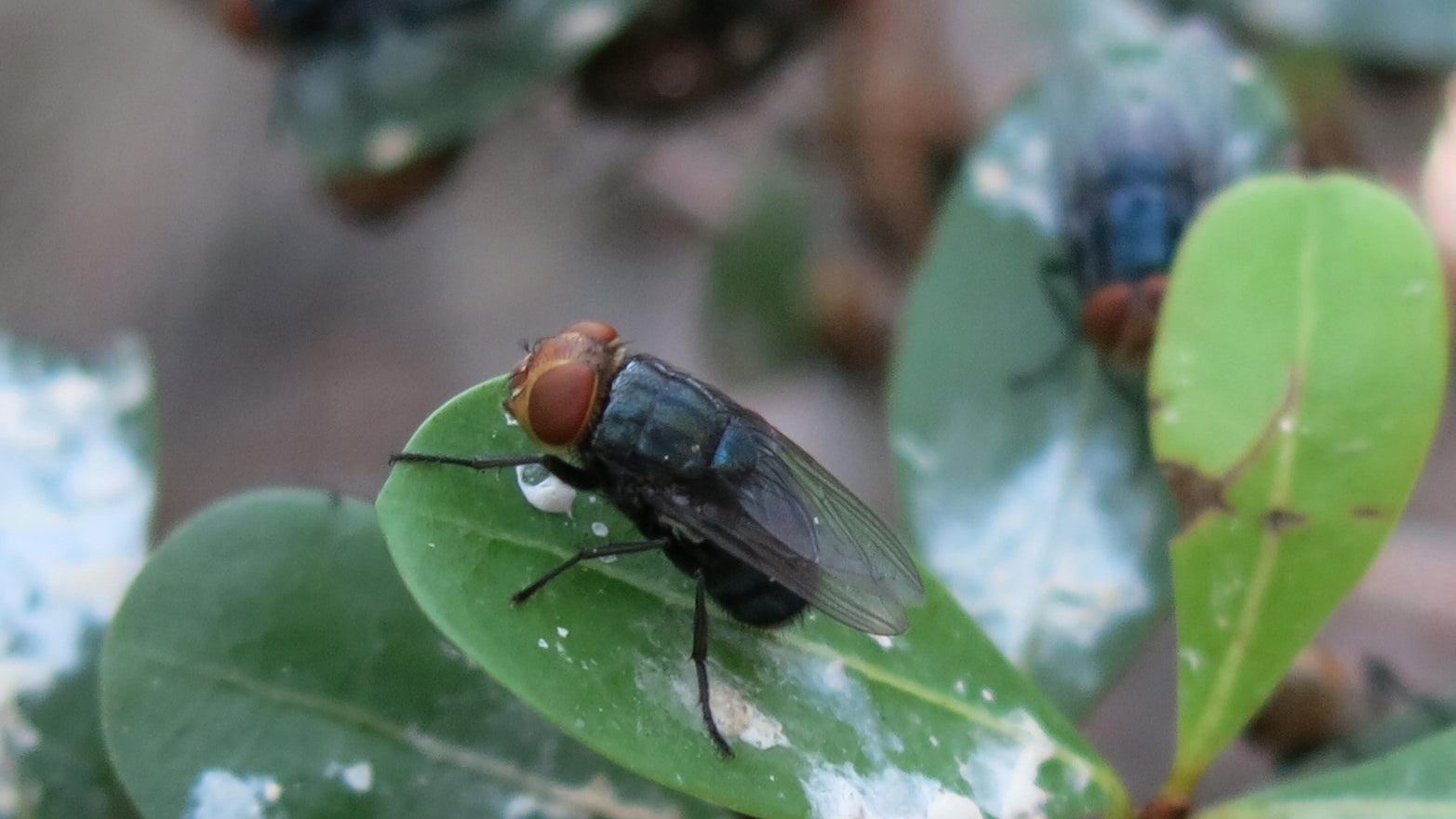ARTICLE AD BOX
The U.S. has announced the immediate suspension of live cattle, horse, and bison imports through ports along the southern border, citing the “continued and rapid northward spread” of a parasite in Mexico known as the New World Screwworm.
Agriculture Secretary Brooke Rollins said that the insect has recently been detected in remote farms hundreds of miles away from the U.S. border, and that the countries are continuing efforts to eradicate the insect in Mexico.
However, despite these efforts and the economic impact on both countries, the government said there has been “unacceptable northward advancement” and additional action must be taken to slow the northern progression of this deadly parasitic fly.
Those actions include restricting imports on a month-by-month basis, and “until a significant window of containment is achieved.” Another review of metrics and data will take place in two weeks.
Mexican Agriculture Secretary Julio Berdegué said on X that Rollins had told him the border would be closed to live cattle exports for 15 days.
“The United States has ordered the suspension of livestock imports through ports of entry along our southern border after the continued spread of the New World Screwworm in Mexico. Secretary Berdegué and I have worked closely on the NWS response; however, it is my duty to take all steps within my control to protect the livestock industry in the United States from this devastating pest,” said Rollins.
But, what is the New World Screwworm? What are the dangers it poses? Here’s what more you should know...
What is it?
The New World Screwworm is a deadly parasitic fly. It is endemic in Cuba, Haiti, the Dominican Republic, and countries in South America, with cases spreading northward.
The adults are about the size of a common housefly, with orange eyes, a metallic blue or green body, and three dark stripes on their backs.

What’s the danger?
It infests warm-blooded animals, using its mouth hooks to burrow into the flesh.
It often causes severe wounds and complications that can lead to death.
Painful infestations begin when a female lays eggs into a wound, sometimes as many as 300 at a time. Eggs hatch into larvae that burrow into the wound to feed on the living flesh. After a week of feeding, they drop to the ground, burrow into the soil, become a pupa, and emerge.
Secondary infections may occur in already-infected wounds.
Are humans affected?
The New World Screwworm can infect any living mammal, including humans.
People in endemic countries, those who frequently work with livestock, anyone with open sores or wounds, and people who are older or immunocompromised are at greater risk of infection.
Symptoms in humans are similar to those in other mammals. In animals, look for head shaking, a smell of decay, evidence of maggots in wounds or a fly strike, and irritated behavior.

Prevention and treatment?
The best way to prevent infection is to avoid exposure — including sleeping outside — and be alert for symptoms in people with a history of recent travel to endemic regions.
People should also clean and cover wounds, wear loose-fitting, long-sleeved shirts, pants and socks, and use Environmental Protection Agency-registered insect repellents.
The only way to treat an infection is to remove the larvae from the impacted tissue.
“There are anecdotal reports of using ivermectin in off-label treatment of NWS infestations in humans. However, there are no controlled, double-blind studies measuring the impact of ivermectin use on myiasis,” the Centers for Disease Control and Prevention notes.
When was it first reported in the U.S.?
The first migration of New World Screwworm was reported in the 1930s.
More than three decades and millions of dollars later, the Department of Agriculture eradicated it from the U.S. by releasing sterile flies into areas where known populations were established.
However, there is a constant risk of reintroduction into the United States. Since then, the first case in Mexico was reported to the U.S. last November.
“Although we haven’t confirmed any New World screwworms in the United States, we need you to be on high alert,” said Dr. Lew Strickland, an associate professor at the University of Tennessee, in a statement.
What if I have beef in my fridge from Mexico?
Beef in the fridge — even if it’s from Mexico — should not contain New World Screwworm larvae. The larvae need living flesh.
But, there could be other impacts on consumers, including on livestock and prices. Just how much of an impact is uncertain at this point.
Rollins asserted that the protection of animals and the safety of the nation’s food supply is “a national security issue of the utmost importance.”
“Once we see increased surveillance and eradication efforts, and the positive results of those actions, we remain committed to opening the border for livestock trade. This is not about politics or punishment of Mexico, rather it is about food and animal safety,” she said.









 English (US) ·
English (US) ·